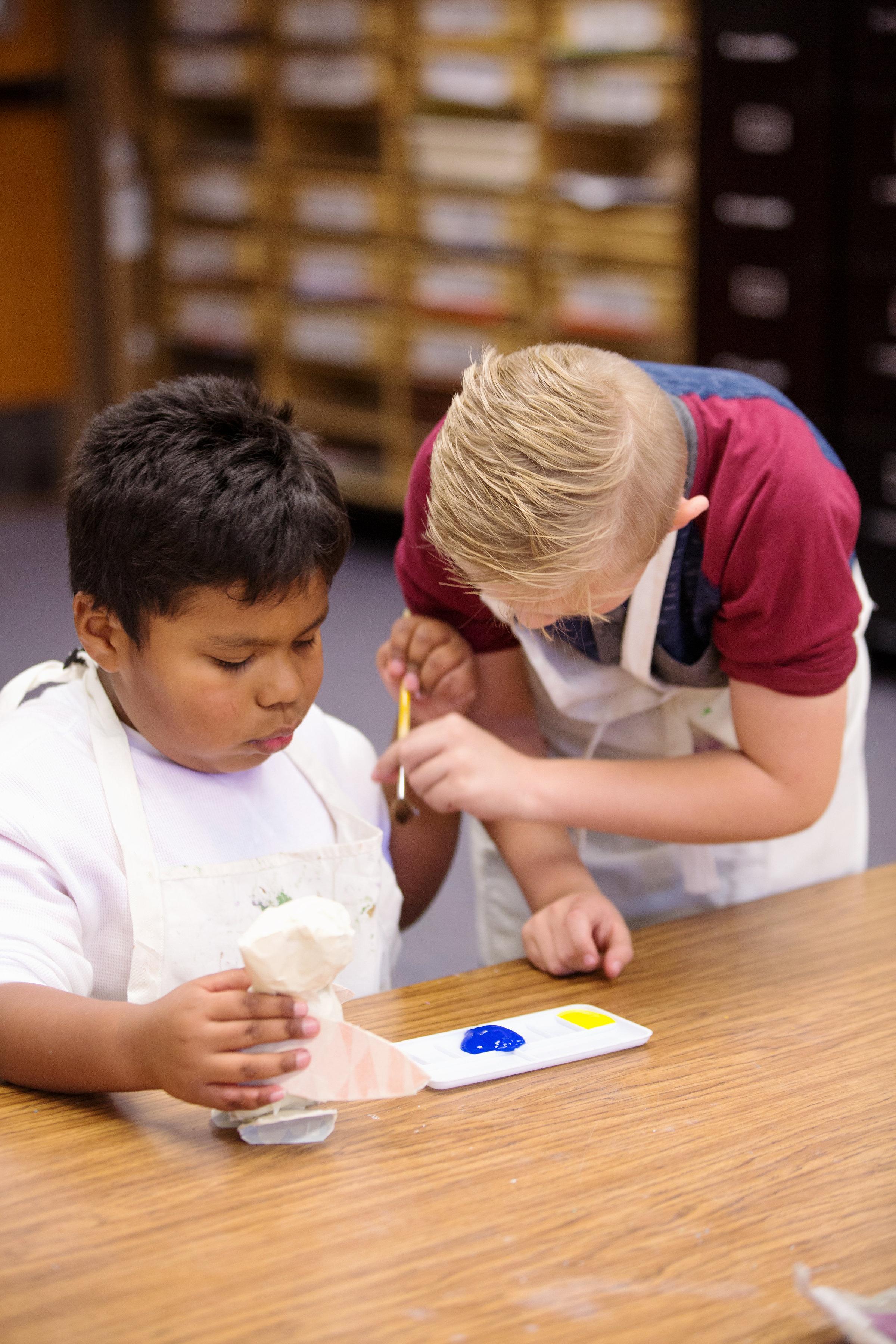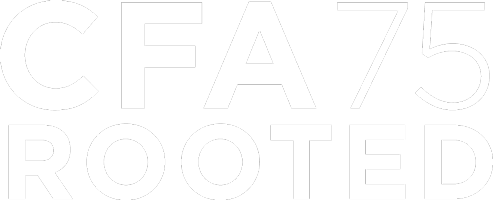By Kelby L McIntyre
Since 2016, I have had the honor to work in collaboration with Jonathan Hale, CFA alum and BTSALP visual art specialist, John McDonald, and Kristen Paul from the Department of Special Education to investigate effective inclusive arts spaces. In August of 2018, Jonathan and I were invited to present our observations in Atlanta, Georgia at the Kenney Center’s Very Special Arts (VSA) Intersections: Arts and Special Education Conference, a Jean Kennedy Smith Arts and Disability Program. Through innovative, thought-provoking, and interactive sessions, the VSA Intersections Conference provides professionals in the intersecting fields of arts education and special education the opportunity to share current information in research, practice, programs, and policy, and serve as a leading catalyst for change.
Our presentation shared glimpses of student successes, strategies for utilizing peer partners, art room configuration, and specific art experiences (e.g. group weaving) that supported the implementation of an inclusive art classroom at Sprucewood Elementary.In Atlanta, numerous K-20 educators from across the country informed us that they were eager to learn more about how to effectively use peer partners in various spaces.
Jonathan and I presented specific visual art lessons that were utilized in the study. The learning experiences embedded in each lesson implemented the least restrictive learning environment for all participants. The structure of the art activities provided students the space and freedom to adapt lessons and encouraged them to problem solve as a community. Our work so far has confirmed that successful art inclusive practices rely heavily on empowering, nurturing, and establishing clear peer partner roles.
Observations
1. Universally designed collaborative art lessons:
• When lessons were designed specifically as group projects or when individualized projects included structured opportunities for partner work, art inclusion seemed to be more successful.
• When movement throughout the room during the lesson was permitted and established as a norm for the lessons in the study, student interactions increased. This structure also supported students that needed to move throughout the room during the lesson.
• The art lessons seemed to be easily adaptable and provided social opportunities that helped foster relationships between typically developing students and their non-typically developing peers.
• Peer partners communicated acceptance of their non-typically developing peers through interviews and surveys.
2. Collaborative table groups:
• Non-typically developing students increased their sustained attention to tasks when working with peer partners.
• Over time, peer partners learned how to adapt activities and were able to effectively work in collaboration with non-typically developing students.

During our time in Atlanta, we were afforded valuable opportunities to engage in national conversations with arts educators and professors surrounding equity, access, and inclusive arts spaces. These connections have helped further inform our investigations as we include music, dance, and theatre in the study.
Post presentation, the Director of Humanities for the Orange County Department of Education invited us to share our work summer 2019. Participating in the VSA Conference challenged and inspired us to continue the exploration and advocacy of pedagogical approaches that improve educational experiences for all students. Learn more about the Kennedy Center.



